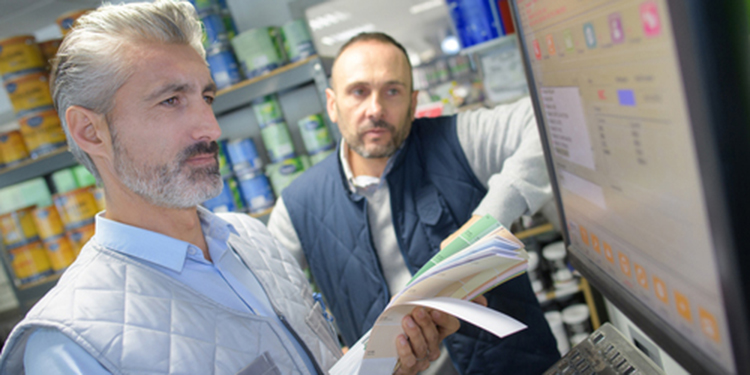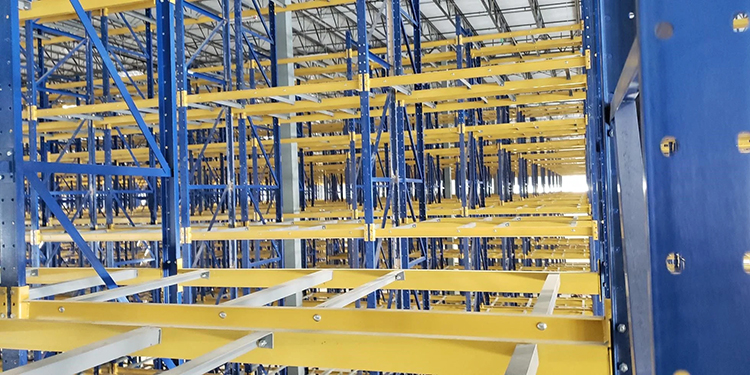Upon discovering and identifying that a rack column, frame, or beam has sustained damage, in some cases the fastest and most affordable repair approach might appear to be field welding. That is, an on-site maintenance technician attempts to return the damaged components to their original state by welding in what seems to be a logical reinforcement. For a variety of reasons, however, this type of repair is risky and may result in a rack system that is unsafe.
As outlined in Appendix 1 of RMI’s publication “Guideline for the Assessment and Repair or Replacement of Damaged Rack – Version 1” field welding risks include:
Fire
Welding throws sparks into the surrounding area. These sparks could cause a catastrophic fire and product damage. If a qualified, professional engineer (engaged to supervise and direct the assessment, design, and installation of the rack repair) determines that field welding is the only way to align the repaired section with RMI’s ANSI MH16.1; Design, Testing and Utilization of Industrial Steel Storage Racks, then the welder must follow the appropriate safety procedures. These are in OSHA standard 29 CFR 1910.252(a).
Weld Contamination
According to the American Welding Society Specification – D1.1/D1.1M [3]; Section 8.5.1 Base-Metal Condition, surfaces to be welded must be thoroughly cleaned to bare metal to remove all foreign matter—including paint—prior to performing the work. Due to the difficulty of properly cleaning the weld joint in the field, the resulting work could result in a contaminated and weakened weld that may fail when returned to service.
Operating Temperature
The surrounding environment in which a field welding rack repair is to occur is critical to the success and strength of the weld. In cold or frozen environments, special low-temperature welding techniques are necessary to ensure a safe repair.
Welder Certification
Welding certifications are not universal. Instead, they are designations that a welder has completed specialized training in a specific welding technique, and subsequently demonstrated those unique skills. A welder certification is site specific and—in all likelihood—may not apply to the types of welds needed for a specific field repair. Prior to allowing a field welder to conduct a rack repair, the supervising engineer should review and approve the individual’s welding certification.
With all the risks associated with field welding, most RMI manufacturers have developed “bolted” upright frame repair kits that allow damaged sections of rack to be removed and replaced with a like-new product that is bolted in place. The bolting process eliminates the risks and complexities associated with a welded repair. Further, by working with the original rack manufacturer and a qualified engineer, the rack owner can be confident that the repair work will be fully compatible with the current system, thereby continuing to provide a safe working environment for their team members.
Want to learn more about rack repair? Download RMI’s Guideline for the Assessment and Repair or Replacement of Damaged Rack – Version 1.




